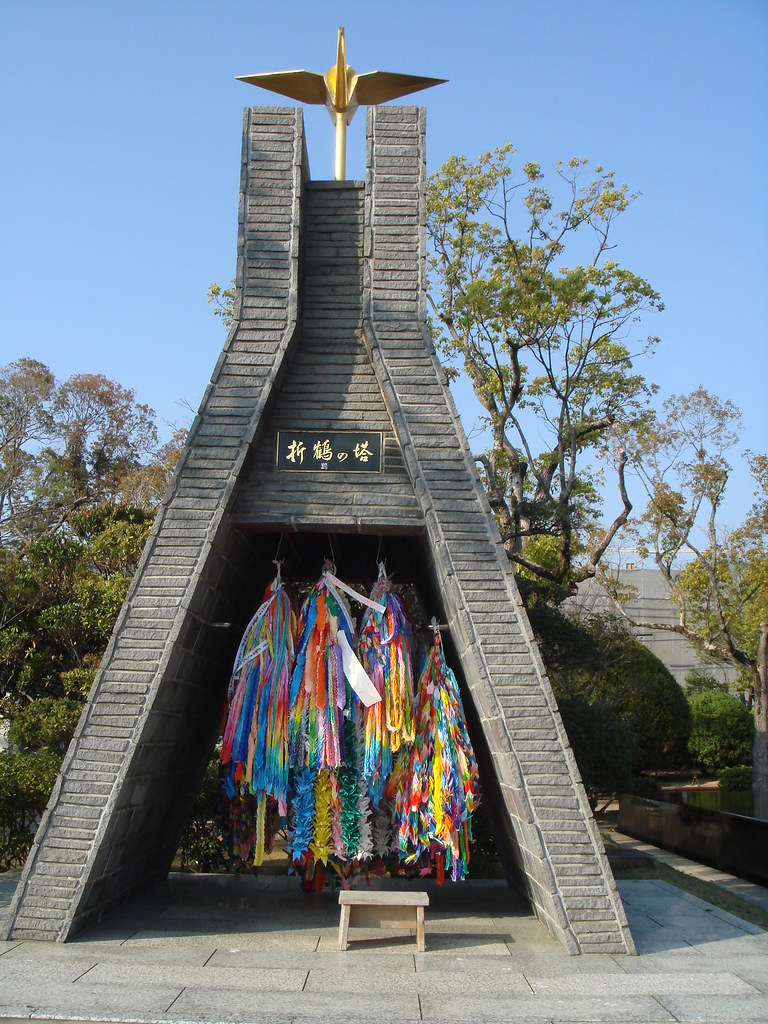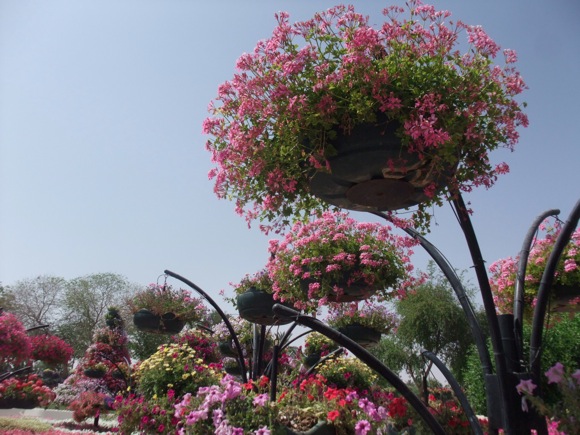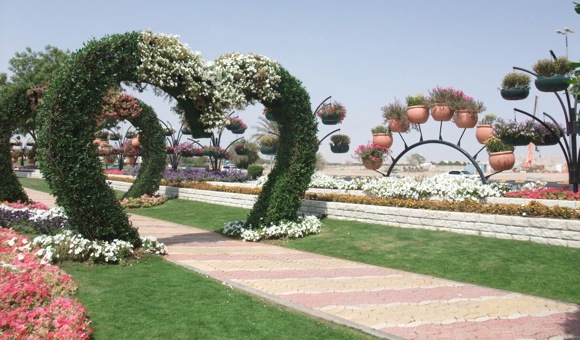When winter makes us shiver with cold, and dark clouds seem to impede us from enjoying the day, it is always nice to think of
being in a warm place surrounded by the beauty of nature and the heartwarming smiles of the Filipinos. Specially at this time of the year
with the gaiety and cheers inspired by the Christmas holiday scenes, and the monsoon
season out of the way, fun is almost to be guaranteed when you are in the Philippines. Here are some interesting photos about the Philippines.
White Christmas: It's More Fun In The Philippines! (Photo from DOT NY). #travel #ttot
PHOTO: "Here comes Santa Claus.." #Manila PHILIPPINES #Christmas #travel #ttot #Asia #fun (Photo from youlaughforme.blogspot.com
PHOTO: Fantasy World, Lemery, Batangas, PHILIPPINES #odd #travel #Asia (Photo by James Singlador)
PHOTO: Piña (Pineapple) Silk Fabric is considered the Queen of the Philippine Fabric because of its sheer delicate beauty and is the fabric of choice of the Philippine elite. The world's largest and oldest producer is Kalibo, Aklan, and it was said that the practice of weaving from pineapple silk dated back to the Pre-Hispanic period. (Photo description: Models wear evening wear made from piña fabric from Fanny Serrano's Holiday 2012 collection during the designer's fashion show at Philippine Fashion Week in May this year. Photo by Roger Nazer Lactao, Jr) #art #fashion #couture #Philippines #Asia
Art: "Fruit Pickers Harvesting Under The Mango Tree (1939)" by Philippine National Artist Fernando Amorsolo Y Cueto, a master in chiaroscuro technique in his depictions of the Philippine rural scenes. His recurring subject is about the beauty of the #Philippines, the people and history. #Asia
PHOTO: Dreaming of the weekend at Snake Island, Palawan PHILIPPINES #travel #Asia #ttot #news (Photo by John K. Chua)
PHOTO: "Kapayapaan/Peace"- Sampaloc Lake, San Pablo City, Laguna PHILIPPINES #travel #Asia #ttot (Photo by Niko Lazo)
Photo: Alemet, Ifugao, PHILIPPINES #travel #Asia #ttot (Photo credit: IRRI)
















































